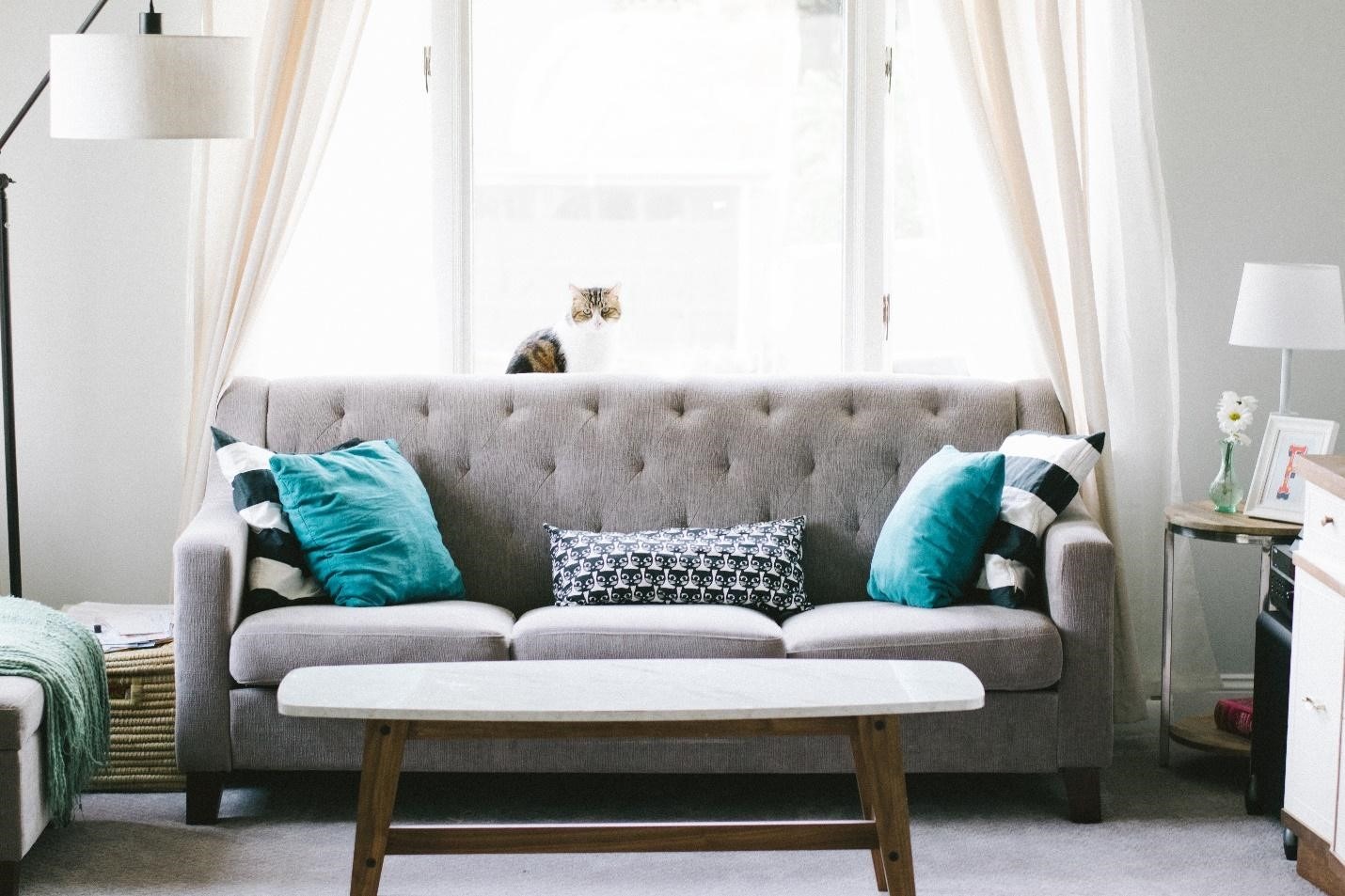It’s all in the lighting. The mood, the look, and the comfortability of your home—they are all influenced by the lighting. Using warm, soft LED room strip lights, you can easily create a romantic and intimate atmosphere. Similarly, numerous bright white lights in a room create a pristine, hospital-like atmosphere.
Some homeowners install a single ceiling light and think that’s that, while others go crazy with recessed lighting fixtures in every room. However, good lighting is more than the number of lights used; it’s also how you use them. Get your home lighting right by following these five simple tips.
Layer Your Lights
There are three types of lighting—ambient, task, and accent. If you want good lighting at home, layering all three is key. Ambient lighting comes from a ceiling or overhead light and provides general illumination to an entire room.
Task lighting can be from a table or floor lamp, track lights, or pendant lights. It’s used to help you do certain tasks, like reading, writing, cooking, or applying makeup.
Accent lighting is more for creating drama and dimension. It uses track lighting, wall sconces, or spotlights to create a focal point or showcase a display or centerpiece, like an artwork, bookcase, or architectural feature
Combining all three in a room ensures that there’s a balance of brightness in the area. While the ceiling light illuminates the entire space, the task and accent lighting help dispel the shadows it casts, assists in doing specific tasks, and adds a layer to the place.
Lighting is not for function alone, but it can also be part of your decoration. Instead of basic fixtures, you could use fancy ones, like coastal-inspired lighting, retro fixtures, or vintage lamps, to add more character to your home.
Get the Proper Size
The bigger, the better? Not exactly. When it comes to choosing the right size for lighting fixtures, you should take into consideration the size of the room. Too big and too bright, and it can be uncomfortable and harmful to your eyes. The same goes if the fixtures are too small and therefore don’t provide enough light.
For chandeliers, one should take the sum of the length and width of the room to get the right fixture size in inches. For a 10-by-10-foot room, a 30-inch diameter chandelier will do.
There’s also a rule to follow to balance the length of the chandelier with the height of the room. This time, you must get the ceiling height in feet and multiply it by 2.5 to 3. Replace the unit of measurement from feet to inches, and you have the recommended chandelier length. So a 10-foot ceiling should need a chandelier with a height of 25 to 30 inches.
Different rooms have different lighting needs. You can check out this guide for more details about finding the right lighting fixture size for every room in the house.
Let the Natural Light In
Natural light is the best source of illumination during daylight. It’s powerful, all-encompassing, and most of all, free! Sunlight also offers a lot of health benefits. For one, direct exposure to sunlight kills the germs and bacteria in your home, staving away common illnesses like the flu.
Soaking up some sunshine for 5 to 15 minutes also helps the body produce vitamin D, which is essential for immune boosting, calcium absorption, and bone development. Sunshine is also highly effective in combating symptoms of seasonal affective disorder, or SAD, which is triggered by the changing seasons.
That said, pull up your curtains and blinds, and let the natural light bathe your home.
Pick the Right Paint Color
Your lighting and wall color need to harmonize in order to achieve the full effect you want in the room. Some colors reflect light while others absorb it. If your goal is light, fresh vibe, light or soft colors work better at brightening up space and making it look spacious and airy. Cool white lights typically work well with these colors.
Dark colors do the opposite. They absorb light, so they make the room look smaller, dimmer, and more intimate. If that’s what you want, soft white lights, which are yellowish, can make the room more inviting and relaxing.
It’s not just the color of your walls that matters. The color and tone of your flooring, furniture, and home accessories also matter in creating harmony in your interior.
Go Green
Artificial lights use energy to illuminate a space. Some use more power than others. With the environmental problems the world is facing now, all homeowners should be more conscious of their use of energy in the house.
Instead of the old incandescent light, use eco-friendly light bulbs such as LED (light emitting diode) or CFLs (compact fluorescent lights) to save energy. LED lamps use about 75 percent less energy and can last 25 times longer than standard incandescent bulbs do. Choose from ceiling lights such as, enchanting galaxy light bulb and others.
CFLs also use reduced energy, unlike incandescent bulbs, but they don’t save as much power as LED lamps do. In short, LED is more cost-effective and environmentally friendly.
Final Takeaway
Lighting is a fundamental component to get right in your home. It doesn’t just affect the look of your abode, but it also helps make your home to be more livable, comfortable, and inviting. When it comes to getting the lighting right in your home, it’s not only the quantity that matters.
Layering, balancing the size of the lighting fixtures and the room, the color palette or the interior, and the amount of natural light that’s able to get in the house are all important considerations in achieving good lighting.

